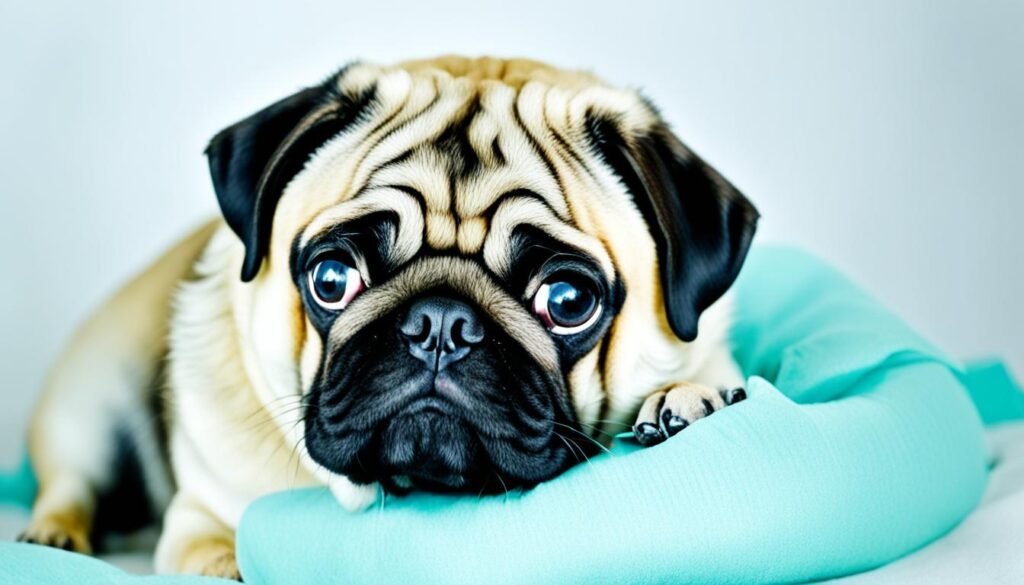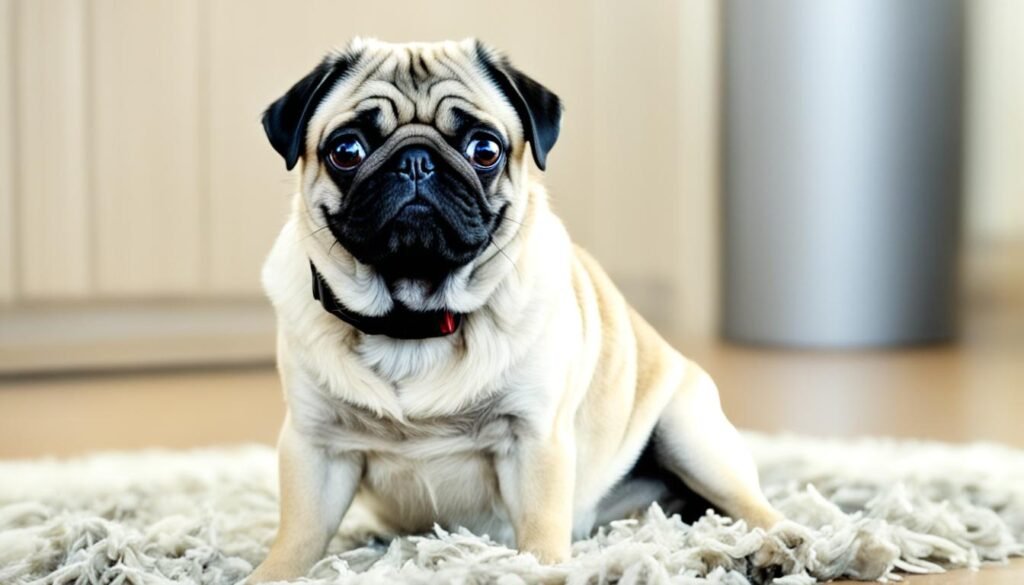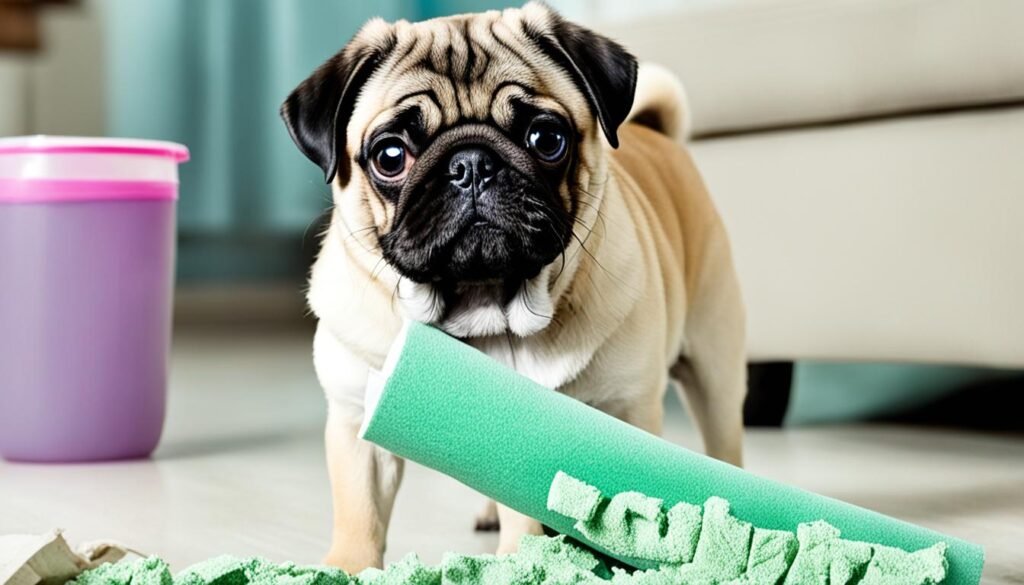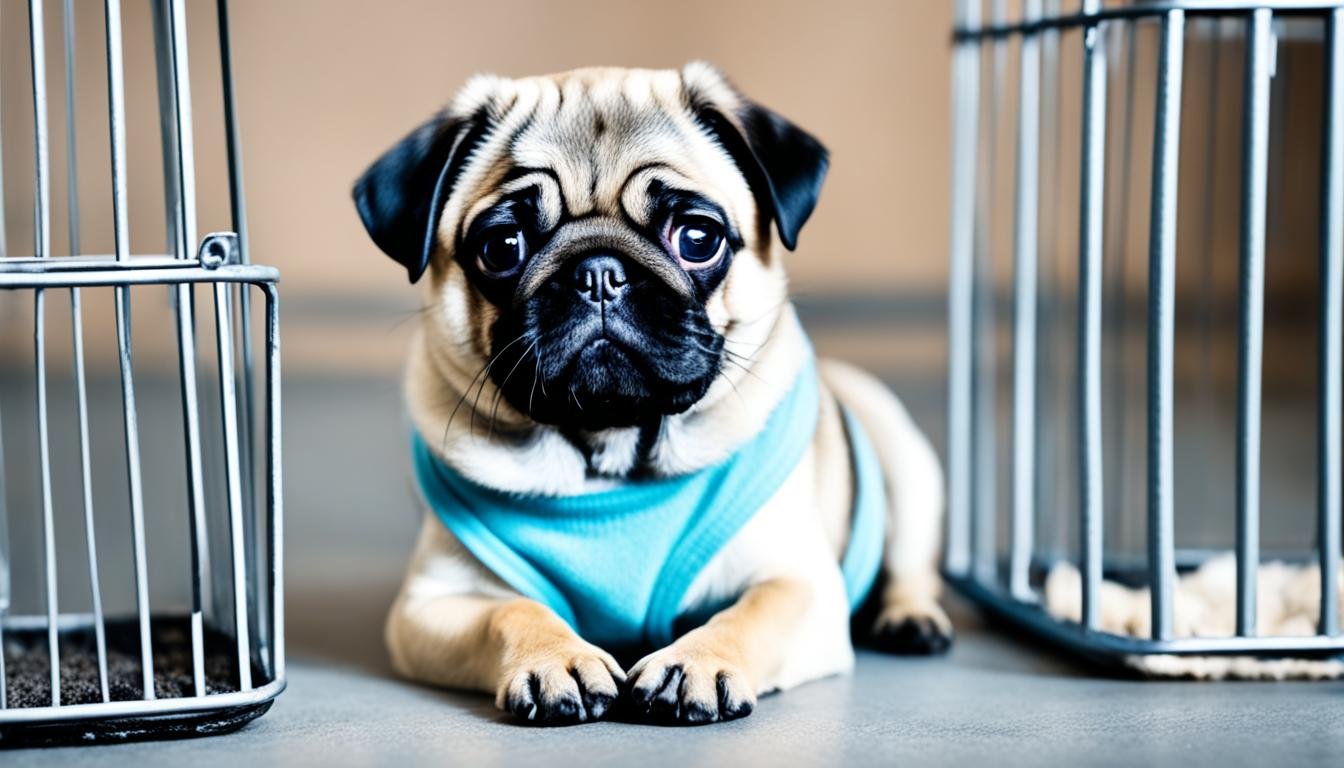The Biggest Mistakes People Make When Owning Pugs
Pugs are a wonderful breed of dog known for their adorable wrinkled faces, playful nature, and affectionate personalities. However, owning a pug comes with its own set of challenges that many people may not be aware of. To ensure the health and happiness of your pug, it’s important to be aware of the common mistakes that pug owners make and take steps to avoid them.
One of the most significant areas where people make mistakes is in understanding and addressing the health issues that pugs can face. Due to their unique anatomy, pugs are prone to certain health conditions, such as breathing difficulties, eye problems, and obesity. It’s crucial to educate yourself about these potential health issues and work closely with your veterinarian to provide the necessary care and preventive measures.
Another mistake that pug owners often make is underestimating the shedding that comes with owning a pug. Pugs have a double coat that sheds throughout the year, and regular grooming is essential to keep their coat healthy and minimize shedding. Neglecting grooming can lead to matting, skin issues, and a constant presence of pet hair in your home.
Housetraining is another area where pug owners may encounter difficulties. Pugs can be stubborn and may require patience and consistency when it comes to housebreaking. Providing proper training and a consistent routine will greatly assist in successfully housebreaking your pug.
Pugs are famously known for their clingy nature and their desire to be around their owners at all times. While this can be endearing, it can also lead to separation anxiety if not addressed appropriately. It’s important to gradually teach your pug to be comfortable being alone and provide them with mental stimulation to prevent excessive attachment.
Additionally, it’s crucial to understand that pugs have a relatively low activity level compared to some other breeds. This means that they are prone to weight gain if not provided with a balanced diet and regular exercise. Monitoring their diet and engaging them in appropriate physical activities will help prevent obesity and promote their overall well-being.
Another aspect to consider is a pug’s sensitivity to temperature extremes. Pugs are brachycephalic dogs with a short snout, making them susceptible to overheating in hot weather and struggling in extreme cold. As a pug owner, it’s essential to provide a cool and comfortable environment for your pug during warmer months and protect them from harsh temperatures in winter.
Grooming and maintenance are also crucial factors in pug ownership. Pugs require regular cleaning of their facial folds, ears, and nails. Additionally, dental care is essential to prevent dental diseases, which are commonly seen in pugs. Keeping up with these grooming and maintenance tasks will contribute to your pug’s overall hygiene and health.
By being aware of these common mistakes and taking proactive measures to address them, you can ensure a happy and healthy life for your pug. Remember, pugs are special, and they deserve the best care and attention. Avoid the pug ownership mistakes mentioned above and enjoy the rewarding experience of having a pug as a beloved companion.
Health Issues
When it comes to pugs, their adorable wrinkled faces and playful nature are hard to resist. However, it’s important to remember that pugs are prone to certain health issues due to their genetic makeup. Pug health issues can range from mild to severe and may require frequent trips to the vet for proper care and management.
One of the most common health problems in pugs is their tendency to develop respiratory issues. Pugs have a brachycephalic skull shape, which means they have a shorter snout and a narrower airway. This can lead to breathing difficulties, snoring, and even respiratory distress in some cases.
In addition to respiratory problems, pugs are also prone to other genetic health problems such as eye issues, skin allergies, and joint problems. These conditions may require specialized treatment or ongoing management to ensure your pug’s well-being.
Due to the potential health issues that pugs may face, frequent visits to the vet are often necessary. Regular check-ups, vaccinations, and preventive care play a crucial role in maintaining your pug’s health and preventing any potential complications.
It’s important to be aware of these pug health issues and be prepared for the responsibility that comes with owning a pug. This includes being financially prepared for the potential expenses associated with frequent vet visits and specialized care.
Providing your pug with proper nutrition, regular exercise, and a safe environment can also help minimize the risk of certain health issues. Regular grooming and hygiene practices can also contribute to maintaining your pug’s overall health and well-being.

Shedding
Pugs are famous for their adorable wrinkled faces and curly tails, but along with their charming appearance comes a downside – shedding. Pugs have a double coat that consists of a dense undercoat and a slightly longer topcoat, which means they shed more than the average dog. You can expect to find pug fur all over your home, from your furniture and clothing to your car seats.
If you’re someone who prefers a spotless and fur-free living environment, owning a pug may not be the best choice for you. The excessive shedding can be a challenge to keep up with, and regular cleaning becomes essential to manage the fur. Investing in a reliable vacuum cleaner and lint roller will become second nature to keep everything as fur-free as possible.
However, shedding is a natural process for dogs, including pugs, and it serves a purpose. Shedding helps to remove old and damaged hair, allowing new hair to grow. It also helps regulate a dog’s body temperature, especially during hot weather. So, while pugs may shed more, it is a normal occurrence for this breed.
One way to minimize shedding is through regular grooming. Brushing your pug’s coat a few times a week can help remove loose hair before it ends up on your furniture. Additionally, bathing them regularly using dog-friendly shampoo and conditioner also helps in managing shedding by keeping the coat healthy.

Housetraining
Pugs are known for their adorable appearance and friendly nature, but one aspect of owning a pug that can be quite challenging is housetraining. Due to their small size and independent streak, pugs may require more time and effort to become fully trained compared to other breeds.
When it comes to housetraining a pug, patience and consistency are key. It’s important to establish a routine and stick to it. Take your pug outside to the designated bathroom area at regular intervals throughout the day, especially after meals and naps. Reward your pug with praise or a treat when they successfully eliminate outside.
However, be prepared for some difficulties along the way. Pugs can be stubborn, making housetraining a bit more challenging. Some pugs may take longer to grasp the concept of pottying outside, and accidents may happen despite your best efforts.
If you’re experiencing difficulty housetraining your pug, don’t be discouraged. It’s important to remain patient and consistent with your training methods. Consistency will help your pug understand the expectations and reinforce positive bathroom habits.
In addition to consistency, it’s crucial to avoid punishment or scolding if accidents occur. Negative reinforcement can lead to fear or anxiety, hindering the housetraining process. Instead, focus on positive reinforcement and rewards for desired behaviors.

Remember, every dog is unique, and some pugs may take longer to housetrain than others. If you’re struggling with housetraining, consider seeking guidance from a professional dog trainer or behaviorist who can provide personalized advice and techniques.
In conclusion, housetraining a pug may pose some challenges, but with patience, consistency, and positive reinforcement, you can successfully housebreak your furry friend.
Clingy Nature
Pugs are known for their clingy nature and strong desire for pug companionship. They thrive on attention and will often follow their owners wherever they go. While some people find this endearing, others may find it overwhelming or annoying. It’s important to consider whether you are comfortable with a dog that wants to be by your side constantly before getting a pug.
If you enjoy constant pug attachment and love having a loyal companion following you around, then a pug might be the perfect match for you. Their clingy nature can bring a lot of joy and comfort to your life. However, it’s important to remember that pugs can become overly attached and dependent on their owners, which can lead to separation anxiety when left alone.
To prevent excessive clinginess and separation anxiety, it’s important to establish a routine and gradually introduce your pug to alone time. This can help them become more independent and comfortable being on their own without feeling distressed. Providing them with stimulating toys and creating a cozy space for them can also help alleviate their attachment tendencies.
While pugs are known for their clingy nature, it’s essential to strike a balance between pug attachment and teaching them to be independent when necessary. With patience, consistency, and the right training, you can enjoy the companionship of a pug without feeling overwhelmed by their need for constant attention.
Low Activity Level
Pugs are known for their low activity levels and lack of exercise requirements. If you lead a more sedentary lifestyle or do not have the time or energy for long walks or vigorous play, a pug may be the perfect companion for you. These adorable dogs thrive in a relaxed environment and are content with short bouts of physical activity.
While some dogs need constant stimulation and regular exercise to expend their energy, pugs have lower energy levels and are generally happy with a moderate amount of daily activity. They enjoy leisurely walks, short play sessions, and interactive toys that engage their minds.
However, it is crucial to strike a balance and not let their low activity level lead to weight gain or health issues. Pugs are prone to obesity, and lack of exercise can exacerbate this problem. It is essential to monitor their diet and ensure they receive appropriate portions and a balanced diet.
Despite their low activity level, pugs still require mental stimulation to keep them entertained and prevent boredom. Engage them with puzzle toys, obedience training, and interactive games to help keep their minds sharp without overexerting their physical energy.
Remember that every pug is unique, and their activity level may vary slightly. Some pugs may have a bit more energy than others, but in general, they are low-energy companions who thrive in a calm and relaxed environment.
In conclusion, if you are looking for a dog that fits your low activity level and prefers a more laid-back lifestyle, a pug may be an ideal choice. Their energy levels align well with individuals or families who enjoy peaceful evenings at home, occasional leisurely walks, and lots of cuddles.
Temperature Sensitivity
Pugs are adorable, affectionate companions, but they have a unique sensitivity to temperature. Their short snouts and compact faces make it difficult for them to regulate their body temperature effectively. As a result, they are highly susceptible to overheating and heat stroke, especially in warm weather.
Whether you live in a hot climate or experience hot summer months, it’s important to be aware of your pug’s temperature sensitivity. Pugs are prone to heat intolerance, and their small size exacerbates this issue. They struggle to dissipate heat efficiently, which can lead to serious health problems.
If you notice signs of discomfort such as excessive panting, drooling, lethargy, or difficulty breathing, it’s crucial to take immediate action. Move your pug to a cooler environment, provide plenty of fresh water, and consider using cooling methods such as wet towels or cooling mats to lower their body temperature. If the symptoms persist or worsen, seek veterinary assistance immediately.
It’s essential to prioritize your pug’s well-being by ensuring they have access to cool and shaded areas, especially during hot weather. Avoid vigorous exercise during peak temperatures and opt for shorter, more frequent walks instead. Additionally, never leave your pug unattended in a car, as the temperature inside can skyrocket in a matter of minutes, putting their life at risk.
By being mindful of your pug’s temperature sensitivity and taking appropriate precautions, you can help ensure their comfort and well-being, even in warm weather. Remember to consult with your veterinarian for additional advice and guidance specific to your pug’s individual needs.
Grooming and Maintenance
Pugs are adorable little companions, but they do require some extra care when it comes to grooming and maintenance. Their thick double coat may be short, but it sheds heavily, especially during seasonal changes. Regular pug grooming is essential to minimize shedding and keep your pug’s coat healthy.
In addition to brushing your pug’s coat frequently, you should also pay attention to their facial folds. Pugs have deep wrinkles on their face that can trap moisture and bacteria if not cleaned regularly. Gently wipe their folds with a soft, damp cloth to maintain cleanliness and prevent infection.
Proper pug care also involves keeping their nails trimmed. Pugs don’t typically wear down their nails naturally, so regular nail trims are necessary to prevent overgrowth, discomfort, and potential injury. You may also need to have your pug’s anal sacs checked and drained periodically by a professional groomer or veterinarian.
It’s important to note that pugs have specific grooming needs that require time and effort. If you’re considering getting a pug, make sure you’re prepared to provide the necessary grooming and maintenance. However, if you prefer a lower maintenance breed, there are other options to consider. Remember, a well-groomed and cared-for pug will not only look good but also feel happy and comfortable.

